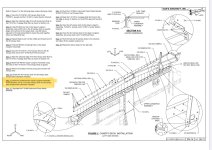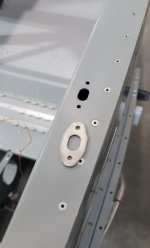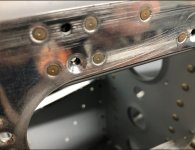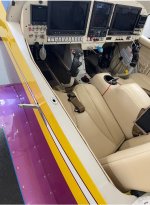I was curious why the plans ask to dimple the 0.040” canopy deck parts. These seem fairly thick to dimple.
Does anyone know why?
For those that dimpled as per plans did they come out ok?
Did anyone countersink the canopy deck instead of countersinking the longeron?
[trying hard to ignore what’s going on and keep building - hoping it’s not for nothing!]
Does anyone know why?
For those that dimpled as per plans did they come out ok?
Did anyone countersink the canopy deck instead of countersinking the longeron?
[trying hard to ignore what’s going on and keep building - hoping it’s not for nothing!]








